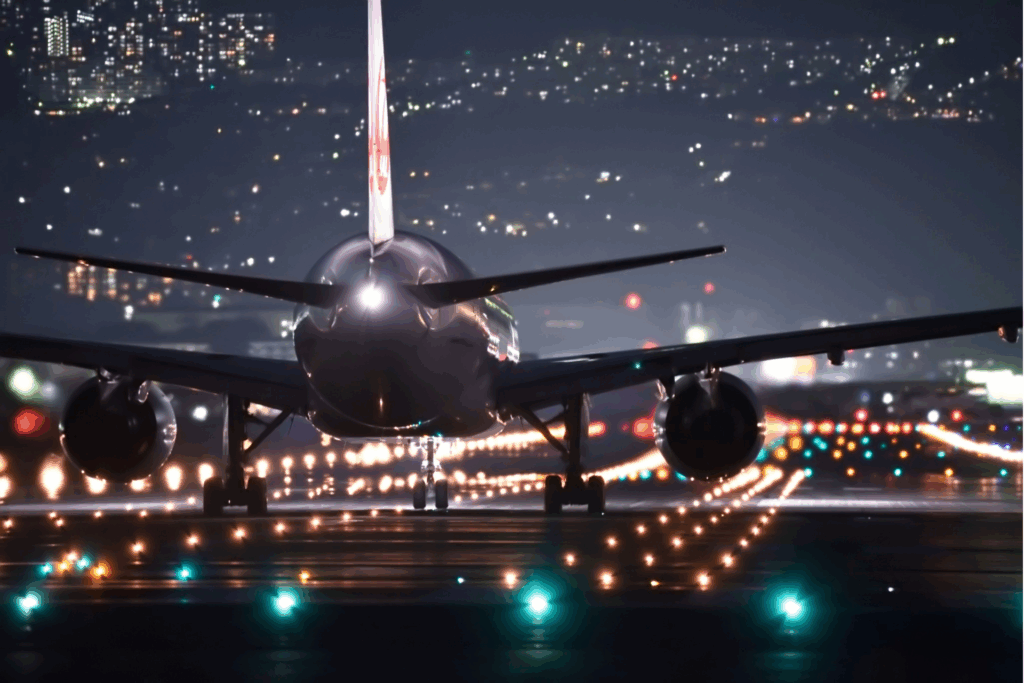The ability to anticipate where the next wave of travelers will journey, how they will spend, and what experiences they will seek is as essential as the refinement of the experience itself. “The 2025 Travel Industry Outlook” by Deloitte provides precisely that vantage point, a detailed view of global travel’s direction, from demand dynamics to the forces of technology, geopolitics, and consumer sentiment.
The report captures an industry at a crossroads. Post-pandemic enthusiasm continues to propel strong demand, yet questions of affordability, the balance between human service and automation, and the uneven pace of international recovery shape the horizon. For leaders in luxury hospitality, retail, and travel, the insights are not merely academic: they are strategic signals, offering clarity on where opportunity converges with challenge.
The Demand Landscape
Travel demand remains resilient, driven by three key dynamics:
- Reprioritization of lifestyle values: Since the pandemic, travel has become a central priority for many, with 40% of surveyed Americans increasing budgets for trips. Millennials lead this trend, signaling a generational shift that will influence the industry for decades.
- The rise of mobile work: Nearly half of travelers plan to work while abroad, extending trips and blending professional and leisure motives.
- Confidence in personal finances: Improved outlook on household income, especially in the United States, continues to fuel willingness to spend.
Affordability remains the most significant barrier. One in five Americans skipped a trip in 2024 due to cost. Yet, luxury travelers, particularly high-net-worth millennials, exhibit strong intent to maintain or elevate their travel habits, positioning high-end hospitality and experiences as resilient assets in the market.
WLCC Perspective: In luxury, the willingness of millennials to spend more on travel suggests a generational pivot: experiences now carry greater prestige value than material assets.
Artificial Intelligence: Promise and Caution
Generative AI is entering the mainstream of travel. In one year, usage among travelers doubled, with many relying on AI-driven platforms to book accommodations, activities, and even choose destinations. The luxury segment stands to gain from hyper-personalized experiences, enhanced predictive service, and intelligent merchandising.
Still, challenges remain in fragmented data systems, legacy technology, and the irreplaceable role of human interaction. For premium travel, the balance between automation and bespoke service will define guest satisfaction. Deloitte highlights that most travelers still prefer personal touchpoints: particularly at check-in, concierge services, and problem resolution.
WLCC Perspective: For luxury operators, AI must serve as an invisible enabler; personal attention that defines exclusivity remains important.
Mega Micro Merchandising
Airlines, hotels, and online agencies are accelerating efforts to expand offerings beyond base services. This “modern retailing” trend aims to monetize personalization, from priority lanes to in-destination entertainment. High-income millennials and “laptop luggers” show the greatest receptivity to ancillary purchases, while older demographics remain more reserved.
For luxury operators, this underscores the importance of segmentation: tailoring ancillary services to both psychographics and trip type. Strategic partnerships (whether in gastronomy, fashion, or wellness) offer untapped opportunities to extend brand engagement beyond the stay or flight.
WLCC Perspective: The lesson for luxury is clear: additional services must feel like privileges, not transactions, ensuring that every upsell elevates status.

Outbound Enthusiasm, Inbound Challenges
While outbound US travel has surged, inbound arrivals lag, with projections indicating recovery only by the end of 2025. Key insights include:
- Arrivals from India are projected to double pre-pandemic levels by 2026, rivaling the UK as a top market.
- The United States continues to underperform with China and Japan, largely due to limited flight capacity and visa delays.
- A strong dollar makes the US an expensive destination, compounding inbound challenges.
For luxury hospitality and retail, this signals the importance of strategic focus on high-growth source markets, notably India, while lobbying for structural improvements in visa and air capacity.
WLCC Perspective: Markets like India are fast becoming a key luxury market, with growing wealth and a strong appetite for high-end travel experiences.
Policy Watch: A New Administration
The shift in US political leadership introduces new uncertainties. Potential tax changes could support disposable income, yet tariffs and immigration policies may hinder inbound travel and increase operational pressures. For luxury brands dependent on global clientele and specialized labor, these developments warrant close monitoring.
WLCC Perspective: In times of political flux, luxury brands must remain agile: protecting global clientele access while safeguarding supply chains and specialized talent.
Conclusions
The report portrays a sector buoyed by strong demand yet tested by affordability constraints, uneven global recovery, and shifting policy landscapes. Artificial intelligence offers vast potential, but its success depends on data integration and maintaining the human touch that luxury travelers expect. For the luxury industry, the takeaway is clear: sustained success will come from combining innovation with authenticity, leveraging technology without sacrificing personalization, and anticipating global shifts with agility.
To view the full report, visit: https://www.deloitte.com/us/en/Industries/consumer/articles/travel-hospitality-industry-outlook.html
Stay up to date on the latest luxury industry news: https://worldluxurychamber.com/insights-news/





